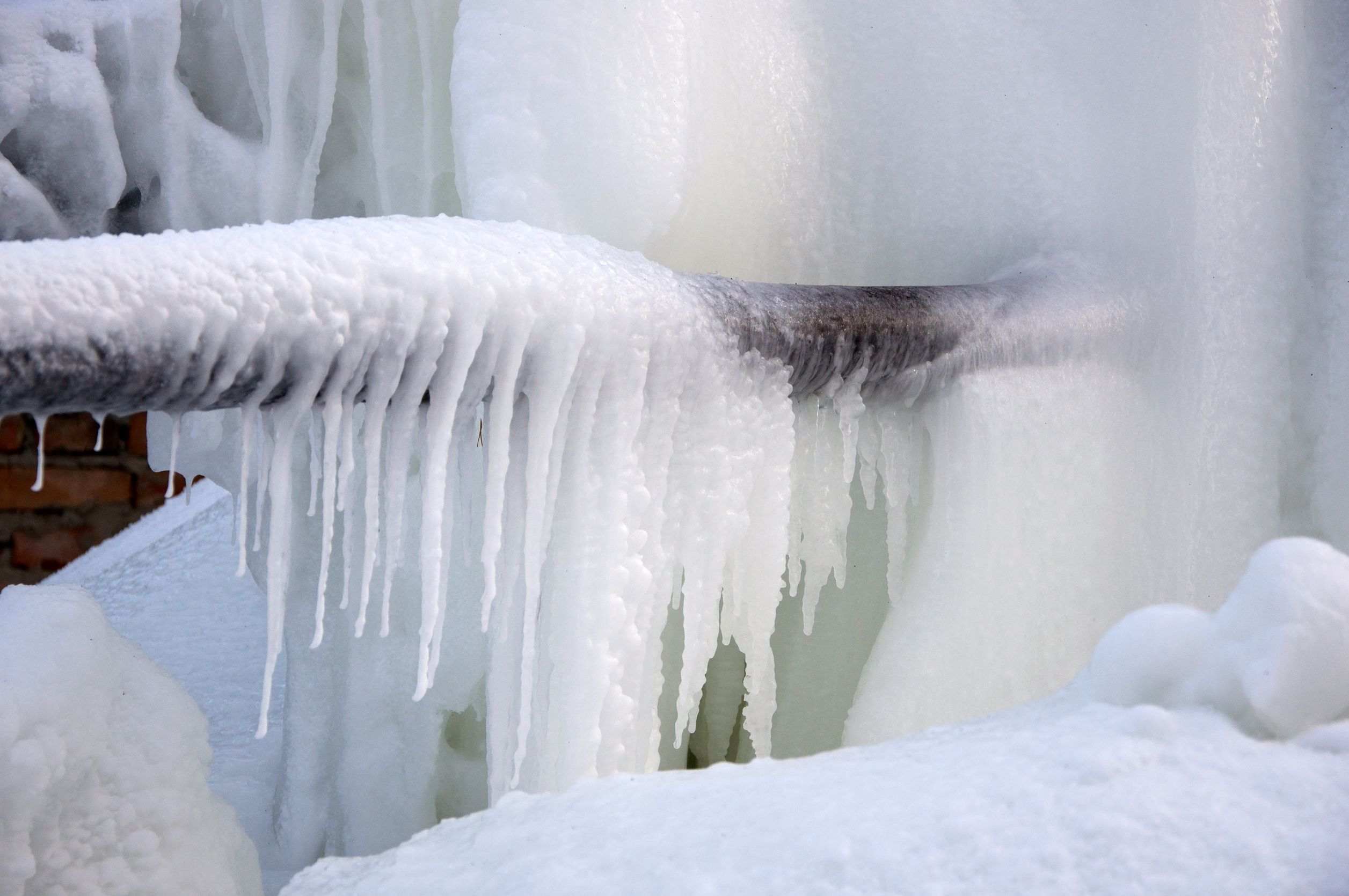Tips for Preventing Frozen Plumbing in Cold Weather: Professional Tips
Tips for Preventing Frozen Plumbing in Cold Weather: Professional Tips
Blog Article
On this page on the next paragraphs you will find lots of awesome tips about How to Prevent Your Pipes From Freezing.

Winter can damage your plumbing, specifically by freezing pipelines. Right here's how to avoid it from occurring and what to do if it does.
Intro
As temperatures decline, the danger of icy pipelines increases, possibly resulting in costly fixings and water damage. Comprehending just how to prevent icy pipelines is vital for homeowners in chilly environments.
Recognizing Frozen Pipes
What triggers pipelines to freeze?
Pipes freeze when exposed to temperatures below 32 ° F (0 ° C) for expanded periods. As water inside the pipelines freezes, it increases, putting pressure on the pipe wall surfaces and possibly causing them to break.
Threats and damages
Frozen pipelines can bring about water system disruptions, property damages, and pricey repair work. Burst pipes can flood homes and cause considerable architectural damages.
Indications of Frozen Pipeline
Determining frozen pipelines early can stop them from rupturing.
How to identify icy pipelines
Look for lowered water flow from taps, unusual odors or sounds from pipes, and visible frost on revealed pipes.
Avoidance Tips
Insulating at risk pipes
Wrap pipelines in insulation sleeves or utilize warmth tape to safeguard them from freezing temperature levels. Concentrate on pipelines in unheated or exterior areas of the home.
Home heating strategies
Keep interior areas sufficiently warmed, specifically locations with pipes. Open up cabinet doors to allow warm air to circulate around pipelines under sinks.
Shielding Exterior Pipes
Yard hoses and outside taps
Detach and drain yard tubes prior to winter months. Set up frost-proof spigots or cover outdoor taps with shielded caps.
What to Do If Your Pipes Freeze
Immediate actions to take
If you believe icy pipelines, keep taps open up to eliminate pressure as the ice thaws. Utilize a hairdryer or towels soaked in warm water to thaw pipes gradually.
Long-Term Solutions
Architectural adjustments
Take into consideration rerouting pipes far from exterior wall surfaces or unheated areas. Include added insulation to attics, cellars, and crawl spaces.
Upgrading insulation
Buy premium insulation for pipelines, attics, and walls. Correct insulation helps preserve constant temperature levels and reduces the threat of icy pipes.
Final thought
Protecting against icy pipes requires aggressive actions and quick actions. By understanding the reasons, indications, and preventive measures, homeowners can shield their plumbing throughout winter.
5 Ways to Prevent Frozen Pipes
Drain Outdoor Faucets and Disconnect Hoses
First, close the shut-off valve that controls the flow of water in the pipe to your outdoor faucet. Then, head outside to disconnect and drain your hose and open the outdoor faucet to allow the water to completely drain out of the line. Turn off the faucet when done. Finally, head back to the shut-off valve and drain the remaining water inside the pipe into a bucket or container. Additionally, if you have a home irrigation system, you should consider hiring an expert to clear the system of water each year.
Insulate Pipes
One of the best and most cost-effective methods for preventing frozen water pipes is to wrap your pipes with insulation. This is especially important for areas in your home that aren’t exposed to heat, such as an attic. We suggest using foam sleeves, which can typically be found at your local hardware store.
Keep Heat Running at 65
Your pipes are located inside your walls, and the temperature there is much colder than the rest of the house. To prevent your pipes from freezing, The Insurance Information Institute suggests that you keep your home heated to at least 65 degrees, even when traveling. You may want to invest in smart devices that can keep an eye on the temperature in your home while you’re away.
Leave Water Dripping
Moving water — even a small trickle — can prevent ice from forming inside your pipes. When freezing temps are imminent, start a drip of water from all faucets that serve exposed pipes. Leaving a few faucets running will also help relieve pressure inside the pipes and help prevent a rupture if the water inside freezes.
Open Cupboard Doors
Warm your kitchen and bathroom pipes by opening cupboards and vanities. You should also leave your interior doors ajar to help warm air circulate evenly throughout your home.

Do you like reading up on Preventing and dealing with frozen pipes? Post a remark further down. We'd be happy to see your views about this posting. We are looking forward to see you back again in the future. For those who liked our blog entry kindly don't forget to share it. Thank-you for your time spent reading it.
Booking Report this page